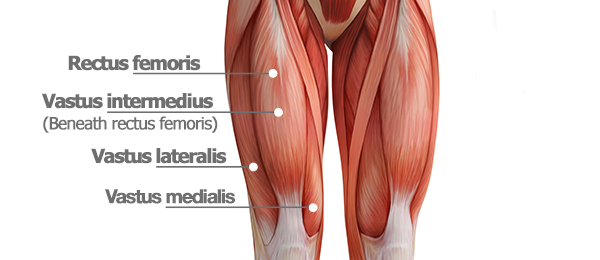The following are notes from Layne Norton’s conversation with Rhonda Patrick on the FoundMyFitness podcast. Layne, a Ph.D. in Nutritional Sciences, a professional bodybuilder, and a champion powerlifter mentions these as the key factors for growing muscle:
- Mechanical tension: Ensuring that muscles experience sufficient tension during exercises is crucial for stimulating growth
- Number of hard sets: Performing a high number of challenging sets is important for muscle hypertrophy
- Training at Long Muscle Lengths: Emphasizing exercises that put muscles under tension at extended lengths can maximize hypertrophy, as research shows this is more effective than partial movements in a contracted (shortened) position.
Research1 doesn’t appear to show that exercising to failure produces more hypertrophy than exercising close to failure. This is likely because going to actual failure costs so much that it eats into your ability to produce a training stimulus in subsequent training sessions. Layne proports that training to failure might be counterproductive for building strength because the fatigue accumulated could impair training quality and strength development. Layne mentions this research2 that supports that training just short of failure appears to maximize muscle strength.
Regional growth is when certain parts of the same muscle group grow. For example, the quadriceps muscles function to extend the knee. There are four different quadriceps muscles, these are the vastus lateralis, vastus medialis, vastus intermedius, and rectus femoris.

A recent study3 compared the differences in muscle activation of the different quadriceps muscles between leg press and leg extension machines. They found that the rectus femoris was significantly more active during leg extension than during leg press. In fact, The rectus femoris activation was not significantly different between leg press at 80 % and knee extension at 20 % of 1RM. In this same study when participants leg pressed to failure they found increasing activation of the vastus medialis and lateralis muscles, but did not see increases in activation of the rectus femoris muscle. Basically to sum this little section up. Rectus femoris activation during multi-joint exercises (i.e. leg press) is low. This finding supports the use of both leg press and leg extension machines to activate the quads more comprehensively.
- Refalo MC, Helms ER, Trexler ET, Hamilton DL, Fyfe JJ. Influence of Resistance Training Proximity-to-Failure on Skeletal Muscle Hypertrophy: A Systematic Review with Meta-analysis. Sports Med. 2023;53(3):649-665. doi:10.1007/s40279-022-01784-y
- Vieira, Alexandra F.1; Umpierre, Daniel2,3,4; Teodoro, Juliana L.1; Lisboa, Salime C.1; Baroni, Bruno M.5; Izquierdo, Mikel6; Cadore, Eduardo L.1. Effects of Resistance Training Performed to Failure or Not to Failure on Muscle Strength, Hypertrophy, and Power Output: A Systematic Review With Meta-Analysis. Journal of Strength and Conditioning Research 35(4):p 1165-1175, April 2021. | DOI: 10.1519/JSC.0000000000003936
- Ema R, Sakaguchi M, Akagi R, Kawakami Y. Unique activation of the quadriceps femoris during single- and multi-joint exercises. Eur J Appl Physiol. 2016;116(5):1031-1041. doi:10.1007/s00421-016-3363-5
